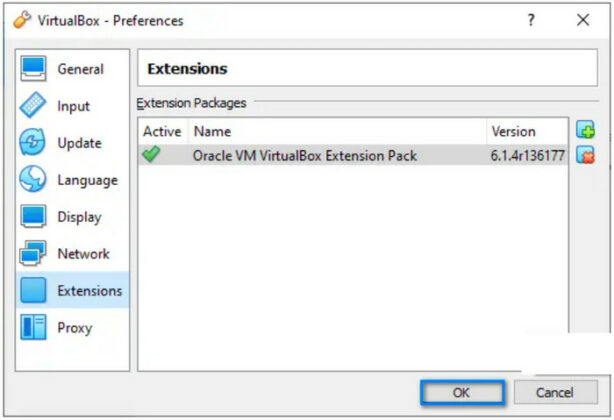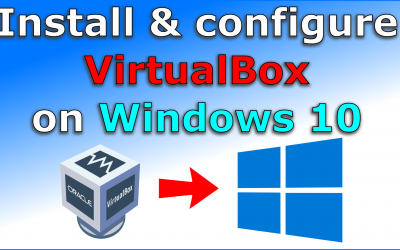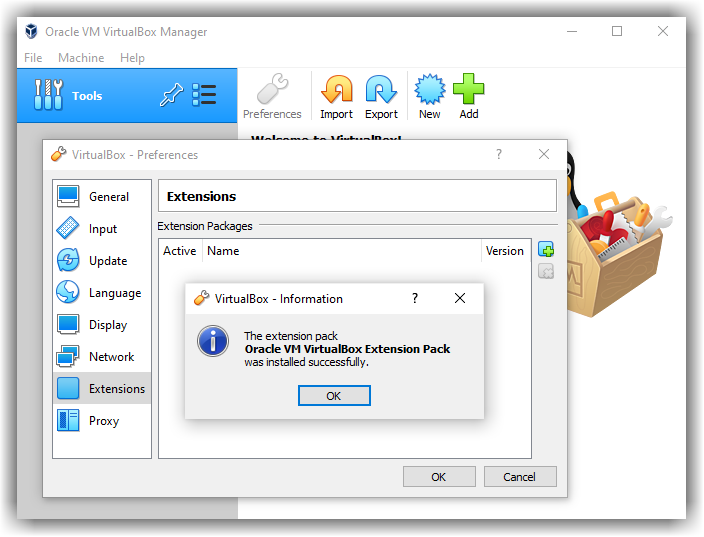


Once downloaded you’ll get prompted to install now, or you can cancel and do it later. If you click Download it will check for the latest version and offer to download it for you: If you are upgrading from a previous version of VirtualBox you’ll see this when you first open it: Repeat the steps above to install the extension pack. Close the installer, close VirtualBox, and start it again running as administrator. If you do it’s because VirtualBox was started with an account that isn’t local administrator on your device. The Extension pack should now be installed: There’s a brief explanation of what the pack gives you. You can find information on what they are, and why you need them here.įrom the main VirtualBox window click on File menu, choose Preferences (or press CTRL+G), then click on Extensions:Ĭlick on the green + on the right, and find the extensions file you downloaded earlier. First thing to do is install the extensions pack. Click Install and wait for it to complete:Ĭlick Finish to close the installer, and start VirtualBox.

That’s all there is to it for the basic setup. Whilst it installs the virtual networking you’ll be disconnected from the network briefly. Leave the default options selected, unless you have a reason to change them. On the custom setup page leave the defaults, unless you know what you’re doing to change them. Once you’ve downloaded VirtualBox, run it and follow the wizard, then click Next: If you have VirtualBox installed, then skip this section, or use it as a reference to get yourself updated to the latest version.

The following guide follows the steps to install VirtualBox on Windows 10 64bit. You can get the latest version of VirtualBox and it’s Extension pack here. See this guide on how to set up Kali 2020.2a with VirtualBox. There is a special VirtualBox image available from Offensive Security with some settings already pre-configured for you.


 0 kommentar(er)
0 kommentar(er)
